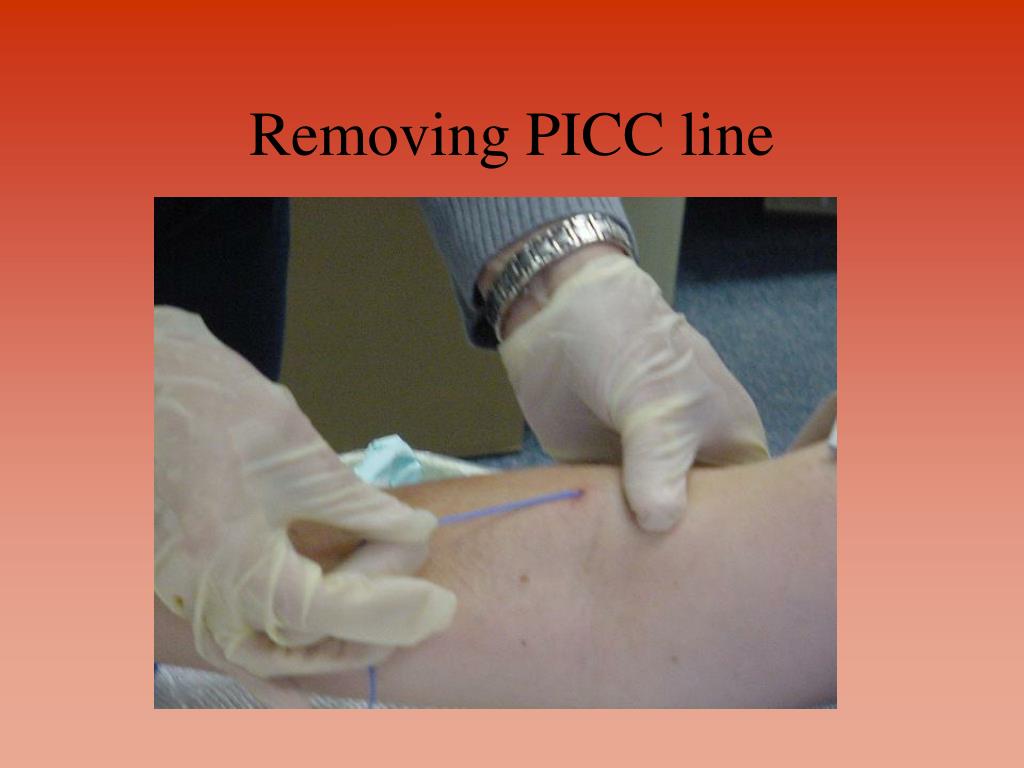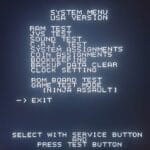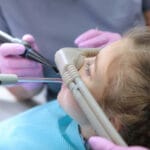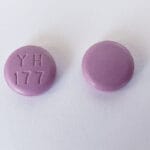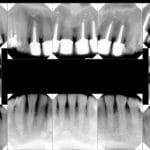This comprehensive guide provides healthcare professionals with a detailed, step-by-step process for PICC line removal, emphasizing patient safety and comfort. While this guide offers valuable insights, remember to consult your institution’s specific policies and procedures. Furthermore, ongoing research continually refines best practices, so staying updated with the latest evidence-based recommendations is crucial.
Preparing for Removal
Proper preparation is essential for a smooth and safe PICC line removal. This involves gathering the necessary supplies, preparing the patient, and ensuring a sterile environment.
Gathering Supplies and Patient Preparation
- Doctor’s Order: Ensure you have a valid physician’s order for PICC line removal.
- Hand Hygiene: Perform thorough handwashing before handling any supplies.
- Patient Communication: Explain the procedure to the patient, addressing any questions or concerns they may have. Position the patient comfortably in a supine position (lying flat on their back).
- Assemble Supplies: Gather all necessary supplies at the bedside. This typically includes:
- Sterile gloves
- Stitch cutter (if applicable)
- Antiseptic solution (e.g., chlorhexidine)
- Gauze pads
- Occlusive dressing
- Sharps container
- Stop Infusions: Discontinue any infusions running through the PICC line.
Removing the PICC Line
With preparations complete, the next step is the careful removal of the PICC line itself. This requires a gentle touch and adherence to sterile technique.
Step-by-Step Removal
-
Cleanse the Site: Thoroughly clean the skin around the insertion site with an antiseptic solution, allowing it to dry completely. This minimizes the risk of infection.
-
Suture Removal (If Present): If sutures are present, carefully cut and remove them using sterile technique.
-
Gentle Traction and the Valsalva Maneuver: Ask the patient to take a deep breath and hold it (the Valsalva maneuver). This helps increase intrathoracic pressure, potentially reducing the risk of air embolism, though the evidence for this is inconclusive and remains a subject of ongoing research. While the patient holds their breath, slowly and gently withdraw the PICC line, using steady, even traction. Avoid jerky or forceful movements. Some resistance is normal, but never force the catheter out.
-
Applying Pressure and Dressing: Once the PICC line is removed, immediately apply firm pressure to the insertion site using sterile gauze. Maintain pressure for several minutes, or as per institutional guidelines, to minimize bleeding. After bleeding has stopped, cover the insertion site with a sterile, occlusive dressing.
-
Catheter Tip Inspection: If infection is suspected, send the tip of the removed catheter to the lab for culture, ensuring you have a physician’s order.
Post-Removal Care and Monitoring
Post-removal care is essential for promoting healing and preventing complications. This includes proper dressing management and vigilant monitoring for any adverse signs.
Dressing Care and Activity Resumption
-
Dressing Instructions: Instruct the patient to keep the occlusive dressing dry and intact for at least 48 hours, or as per your facility’s protocol. If the dressing becomes wet or soiled, it should be changed promptly using sterile technique.
-
Resuming Normal Activities: After the designated dressing period (typically 48 hours), the patient can resume normal activities, including showering, bathing, and swimming. However, some experts suggest avoiding submerging the site for extended periods during the initial healing phase.
Monitoring for Complications
Even with meticulous technique, complications can sometimes occur. Careful monitoring and prompt intervention are crucial for mitigating potential risks.
- Signs of Infection: Instruct the patient to monitor for and report any signs of infection, such as:
- Increased pain or tenderness at the insertion site
- Redness, swelling, or warmth around the insertion site
- Fever (above 100.4°F/38°C for more than one hour or a single reading of 100.9°F/38.3°C)
- Purulent drainage (pus) from the insertion site
-
Other Complications: Be aware of other potential complications, including:
- Persistent bleeding: While some oozing is normal immediately after removal, persistent bleeding warrants further evaluation.
- Phlebitis: Inflammation of the vein can occur. Signs may include pain, redness, and swelling along the vein path.
- Nerve damage: This is rare, but possible, particularly if the catheter was placed near a nerve. Patients may experience numbness, tingling, or pain.
-
When to Seek Medical Attention: Advise patients to contact their healthcare provider immediately if they experience any of the above complications or have any concerns.
Troubleshooting During Removal
Occasionally, difficulties can arise during PICC line removal. This section provides guidance on navigating common challenges.
Addressing Resistance and Seeking Assistance
- Resistance During Removal: If the PICC line encounters resistance, do not force it. Stop, reassess, and consider the following:
- Repositioning: Try slightly repositioning the patient’s arm.
- Deep Breathing: Ask the patient to take slow, deep breaths.
- Warm Compress: Applying a warm compress to the area may help dilate the vein.
- Consulting a Colleague: If gentle repositioning and deep breathing do not resolve the resistance, consult with a more experienced colleague or a vascular access specialist.
- Managing Bleeding: Minor bleeding is usually easily managed with continuous pressure. If bleeding is excessive or does not stop with pressure, notify the physician immediately.
Does it Hurt to Get a PICC Line Removed?
Many patients understandably worry about whether PICC line removal is painful. Reassuring them about the procedure and managing their expectations is essential.
Understanding the Sensation and Managing Expectations
PICC line removal is generally quick, simple, and not painful. Most people describe the sensation as a slight tugging or pulling, or a strange feeling, rather than pain. Some may experience mild soreness or a tight sensation in the shoulder afterward, but this is usually temporary and resolves within a day or two.
Factors Influencing Discomfort
While removal is typically painless, individual experiences can vary. Factors that may influence the level of discomfort include:
- Individual Pain Tolerance: Each person perceives pain differently.
- Duration of PICC Line Placement: Catheters that have been in place for a long time might be slightly more difficult to remove.
- Presence of Complications: If complications like phlebitis occurred during PICC line use, removal may be slightly more uncomfortable.
Post-Removal Discomfort Management
If a patient experiences mild soreness after removal, over-the-counter pain relievers like ibuprofen or acetaminophen can usually manage the discomfort. Applying a cool compress (not ice) to the area can also provide relief.
What to Expect After PICC Line Removal?
Knowing what to expect after PICC line removal can help alleviate patient anxiety and promote a smooth recovery.
Immediate and Short-Term Expectations
- Bandage: The insertion site will be covered with a bandage, typically an occlusive dressing, which should be kept dry and intact for 48 hours.
- Minimal Bleeding: Some slight bleeding or spotting is normal immediately after removal. This should stop quickly with pressure.
- Mild Discomfort: Some patients experience mild soreness, tenderness, or a bruised sensation around the insertion site. This is usually temporary and resolves within a few days.
- Swelling: Slight swelling around the insertion site can occur and usually subsides within a few days. Elevating the arm can help reduce swelling.
Long-Term Expectations and Scarring
- Scarring: A small scar may form at the insertion site. The visibility of the scar varies from person to person and tends to fade over time.
- Resuming Normal Activities: After the 48-hour dressing period, most normal activities can be resumed. However, it’s advisable to avoid strenuous activities or heavy lifting with the affected arm for a few days.
Additional Considerations and Patient Education
Beyond the technical aspects of PICC line removal, effective patient education and communication are essential for a positive experience.
Open Communication and Addressing Concerns
- Encourage Questions: Encourage patients to ask questions and express any concerns they have about the procedure or aftercare. Addressing their anxieties can significantly improve their experience.
- Provide Clear Instructions: Provide clear, written instructions for post-removal care, including dressing changes, activity restrictions, and signs of complications to watch for.
- Follow-Up: Schedule a follow-up appointment as needed to assess healing and address any lingering concerns.
Are you looking for more information about the perianesthesia care process? We have a dedicated page that covers everything you need to know, from preparation to recovery.
Our comprehensive guide to periodontal staging and grading provides valuable insights into the assessment and classification of periodontal disease. Click on the link to explore this topic in depth.
- Unveiling the Enigma: Mansoureh Khojasteh Bagherzadeh’s Public Appearances & Private Life in Iran - July 18, 2025
- Unveiling the Mystery: Mansoureh Khojasteh Bagherzadeh’s Husband: A Rare Glimpse into a Private Life - July 18, 2025
- Unveiling Masoud Khamenei’s Mother: Power, Influence, and Iran’s Future - July 18, 2025
